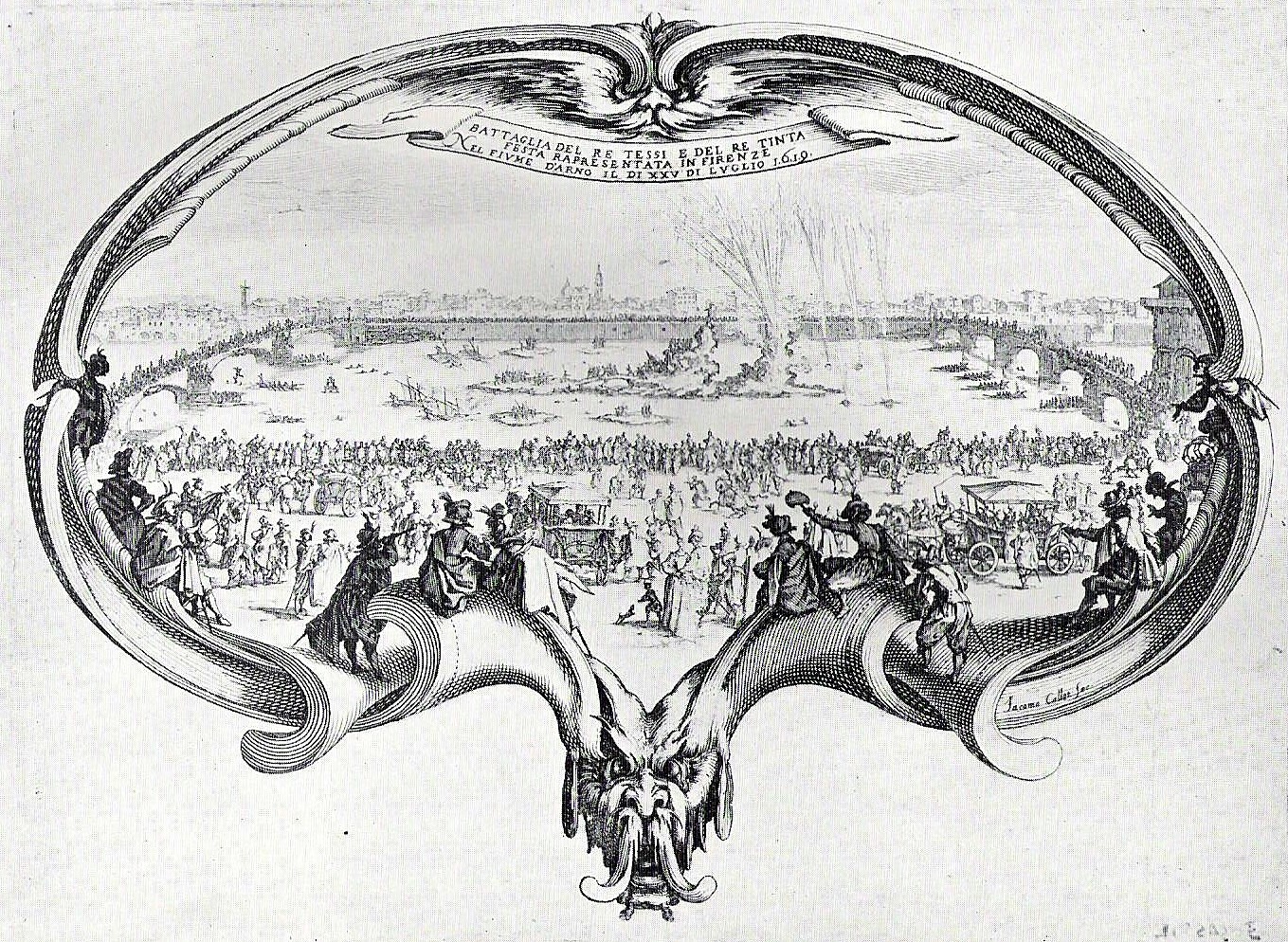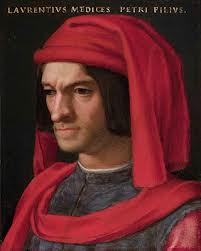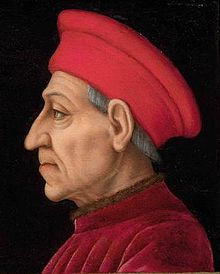Florence, the Americas and the Birth of Capitalism during the Renaissance
c. 15th century - 16th century
The Italian port towns, in particular Venice and Genova, abused their commercial monopoly over the Mediterranean which caused France, Spain and Portugal to explore other routes to the East. Columbus’ expedition had the Portuguese worried about Spain’s intentions to take over trade and invested in their own fleet. They got lucky when, in 1498, Vasco de Gamma discovered a new passage to Asia and the Indies.
Where Columbus headed west across the Atlantic and landed in the Caribbean Sea, Vasco looped around Africa and crossed the Arabian Sea, wisely with a Muslim guide, to the Malabar Coast in India. Some Muslim cities refused to deal with the Portuguese but for the most part financial opportunities clouded the dangers to come dealing with the Europeans.
The Pazzi family was lured into a conspiracy by the pope’s nephew to assassinate Lorenzo and his brother. The Pazzi attacked Giuliano and Lorenzo in December of 1478, during High Mass at the Duomo. Giuliano was stabbed nineteen times and died on the spot. Lorenzo was wounded but escaped. In the confusion that followed members of the Pazzi family were killed (one was thrown out a window) while the others fled. Their name, which means crazy, comes from an ancestor who scaled the walls of Jerusalem in the 1st Crusade. In reality the Pazzi had been manipulated by the pope and the archbishop whose intentions were to control Florence.
Lorenzo’s son Piero de’ Medici was forced to make unpopular compromises when king of France Charles VIII threatened to attack the city in 1494. The people rebelled and Piero was exiled with his family. After the French king entered Florence he placed the monk Savonarola in control of the city but the monk’s fanatic zeal eventually angered the population and he was killed.
The Medici solicited the help of the Spaniards and regained control of Florence in 1512. They were exiled once again but returned permanently in 1531. The family ruled Tuscany until the last member died in 1737. The Medici married into European nobility and produced three popes, Leo X, Clement V, and Leo XI, two queens of France, Catherine de’ Medici and Marie de’ Medici, and a handful of cardinals.


Milano
Milan was ruled by archbishops up to the 8th century, when power passed onto the nobility. In the 12th century the city was sacked by German king Ferdinand I but was recovered with the help of the Lombard League.
In the 13th century the della Torre family governed the city until 1277, until the Visconti family took control.
While Venice and Genoa suffered severe losses with the new trade routes, Florence had become the banking center for Europe. With the discovery of the Americas the Florentine banks loaned money to fund voyages.
Florence was in ruins until the 11th century, when it was rebuilt and governed by nobles. In the 12th century they captured the neighboring town of Fiesole and went about occupying the land around the Arno River. This aggression created an intense struggle amongst the leading Florentine families who were already divided into Guelph and Ghibelline factions which precipitated a civil war that lasted until 1266.
The largest bank was owned by the de' Medici family that ruled Tuscany (most often behind the scenes) from the 15th century to the 18th century. Family members were expelled several times by nobles and once by the French army but they always made a comeback. The rivalry did not keep them from embellishing their city and, notwithstanding political schemes, a plague and attacks from jealous neighbors, Florence prospered.
Cosimo de’ Medici (born 1389) loaned money to popes, kings and merchants. He invested in various profitable enterprises, in particular alum mines and wool mills. He used family money to support political allies and advanced cultural projects.
Cosimo was a mentor to artists and scholars, and donated enormous sums towards rebuilding Florence. He was exiled in 1433 but returned the next year where he ousted his opponents. Though he never held public office Cosimo was unofficial leader of the Popular Party.
His son Lorenzo de’ Medici (born 1449) managed the bank after his father’s death and married into the Orsini family. Lorenzo was an accomplished poet, and a benefactor to artists (Michelangelo, Botticelli) and intellectuals (Marsilio Ficino, Pico della Mirandola). Besides his violent retribution over a dispute in Volterra he was a fair ruler and well liked.


Pope Urban IV had already made Ottone Visconti archbishop of Milan, which greatly helped the transfer of power away from the della Torre family.
In this way Matteo Visconti, Ottone’s grandnephew, found himself ruling Lombardy (in northern Italy.) Galeazzo Visconti took over the family affairs in 1320. He was friends with the writer Petrarch and surrounded himself with intellectuals and artists.
The Visconti family ruled over most of central and northern Italy until the Sforza family took power in 1450.
The origins of the Sforza stem from a peasant who became “condottiere” (condottieri were the leaders of mercenary armies hired by Italian cities). His real name was Giacommuzo Attendolo, and he changed it to Sforza, which means strength. His son Francesco took control of Milan after he married into the Visconti family. The Sorza family embellished the city and ruled wisely until a French invasion in 1500. Holy Roman Emperor Charles V restored the dukedom to the family in 1522.
The success of the first voyage turned the Atlantic into the main thoroughfare to the Indies and Asia Minor. Suddenly the port towns along the Mediterranean lost their monopoly on trade which with few exceptions had repurcussions over all of Italy.
Milano